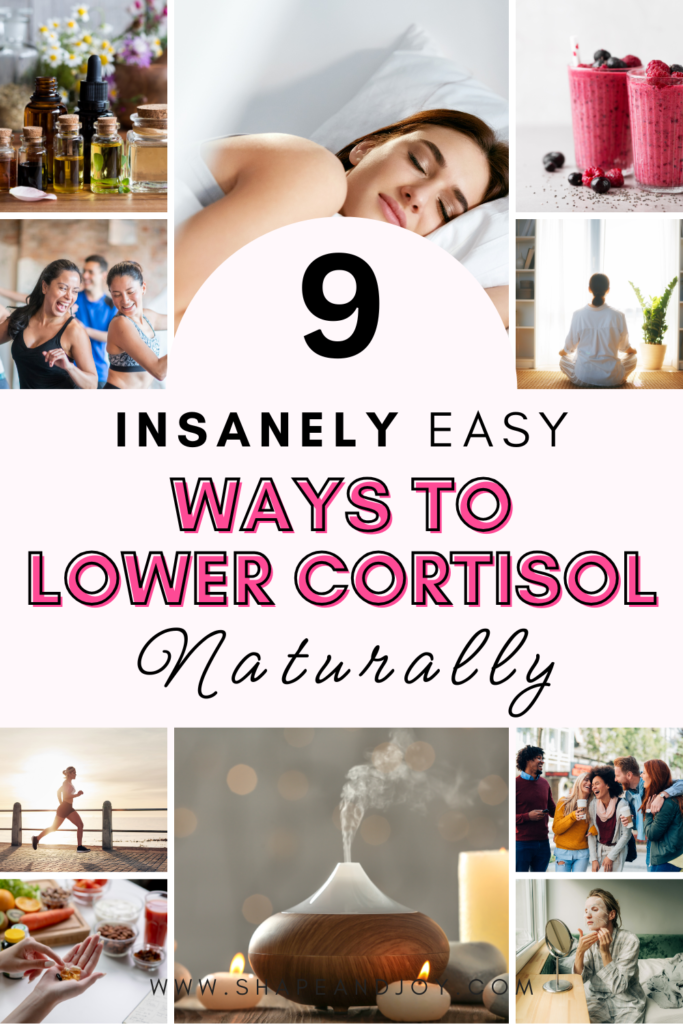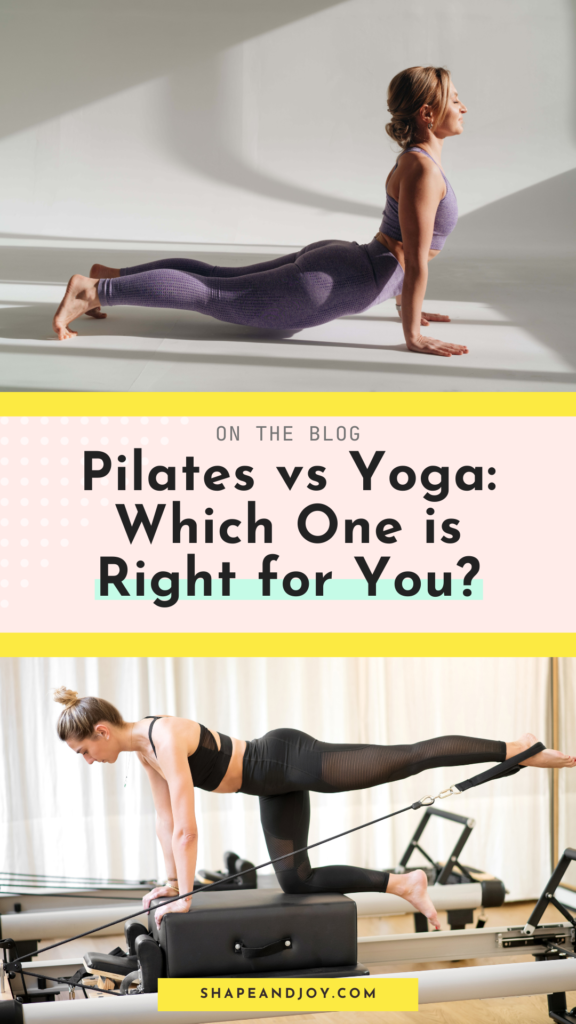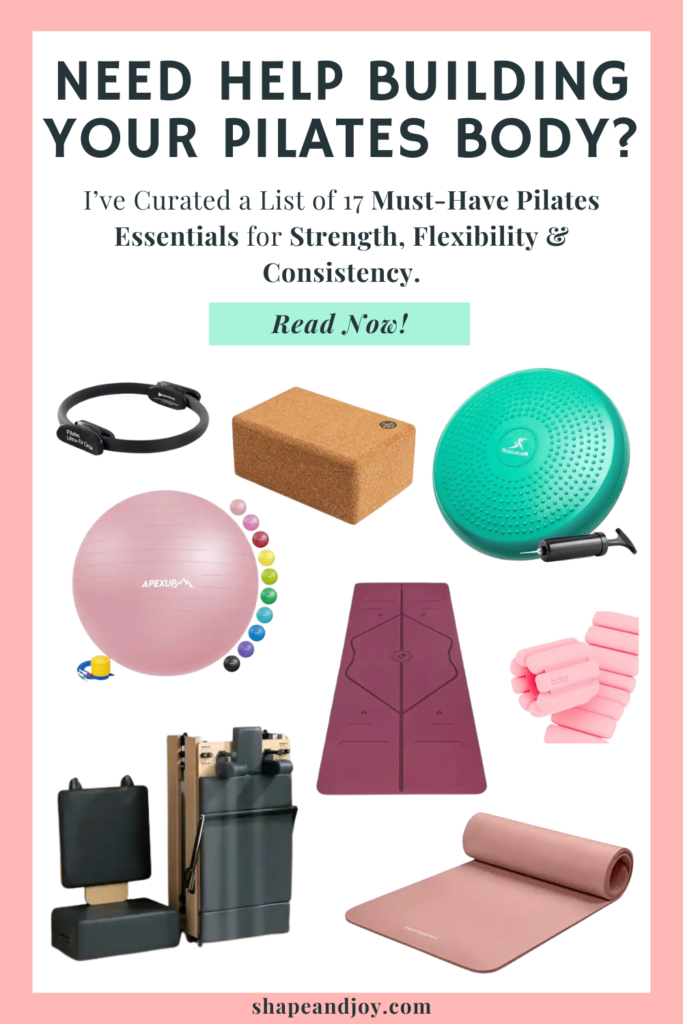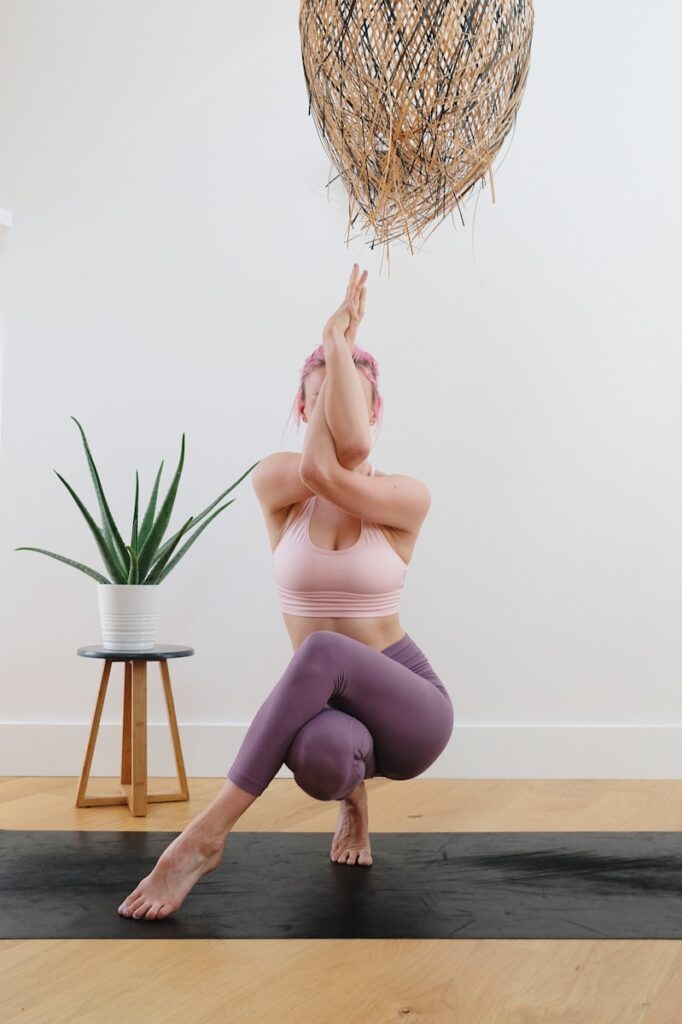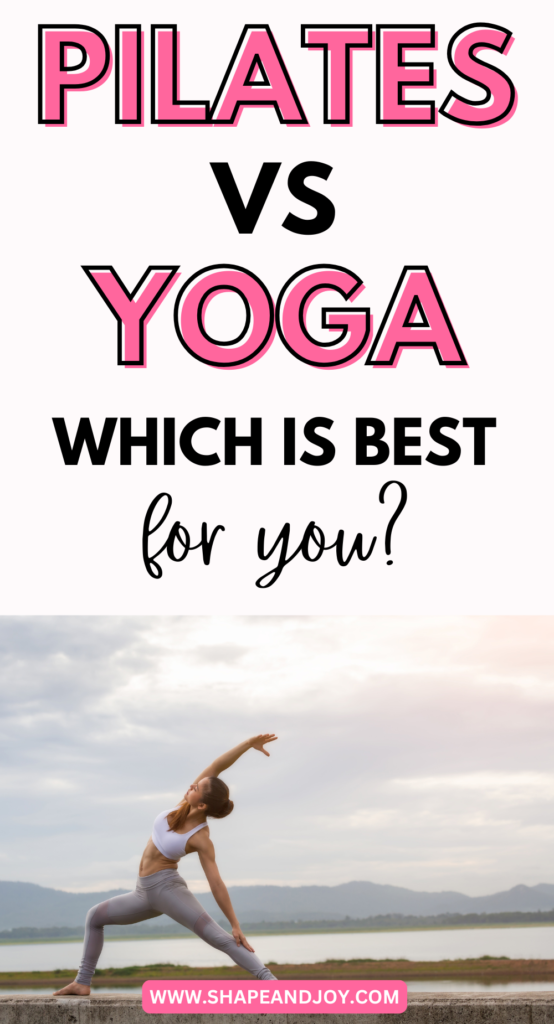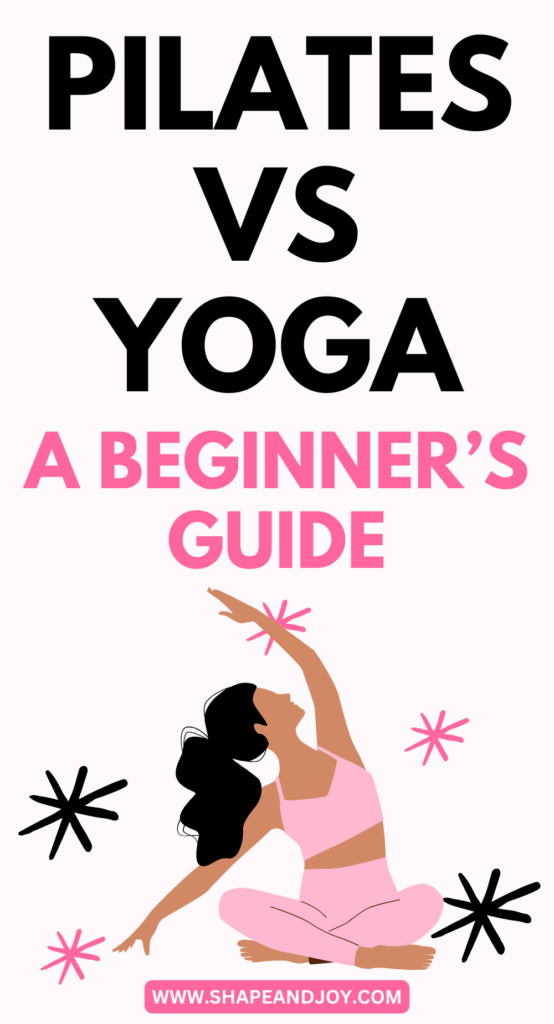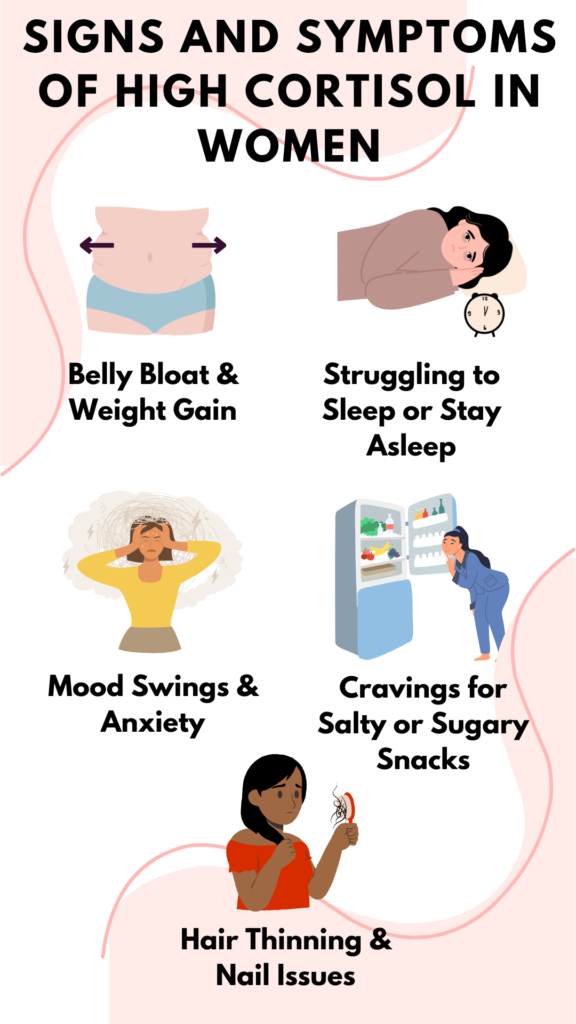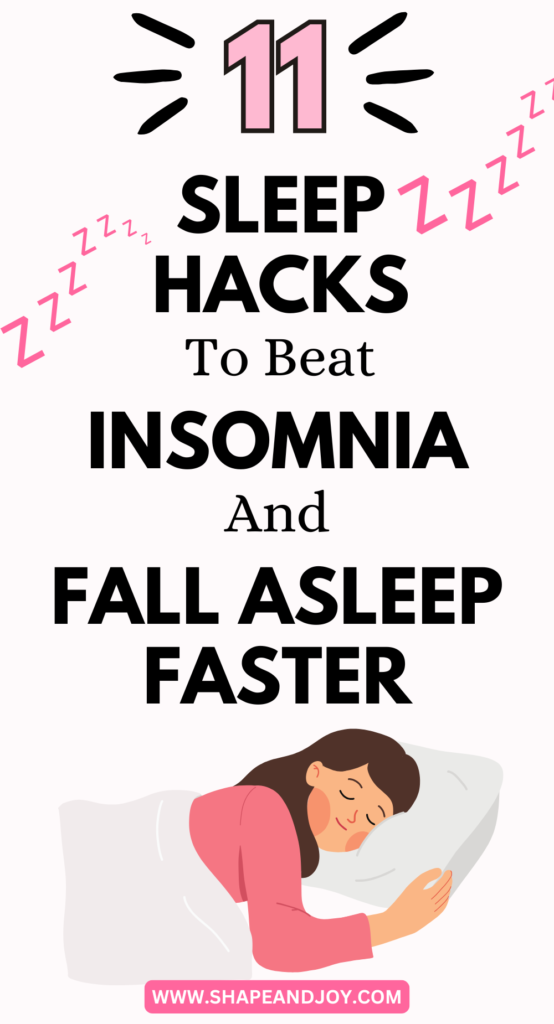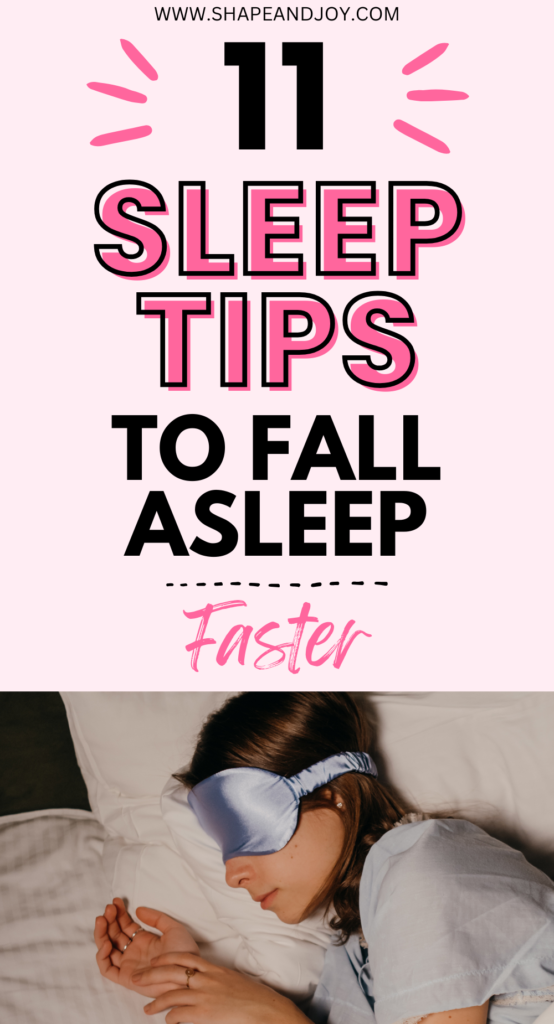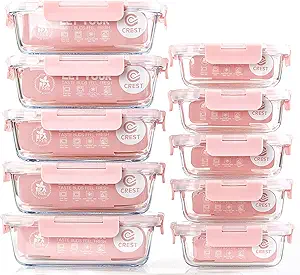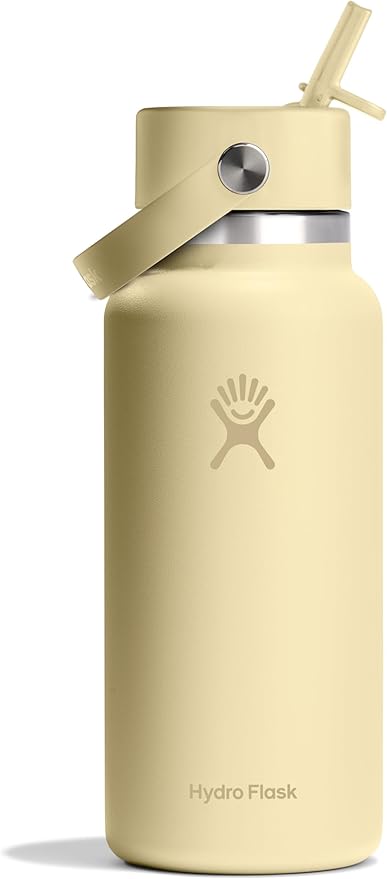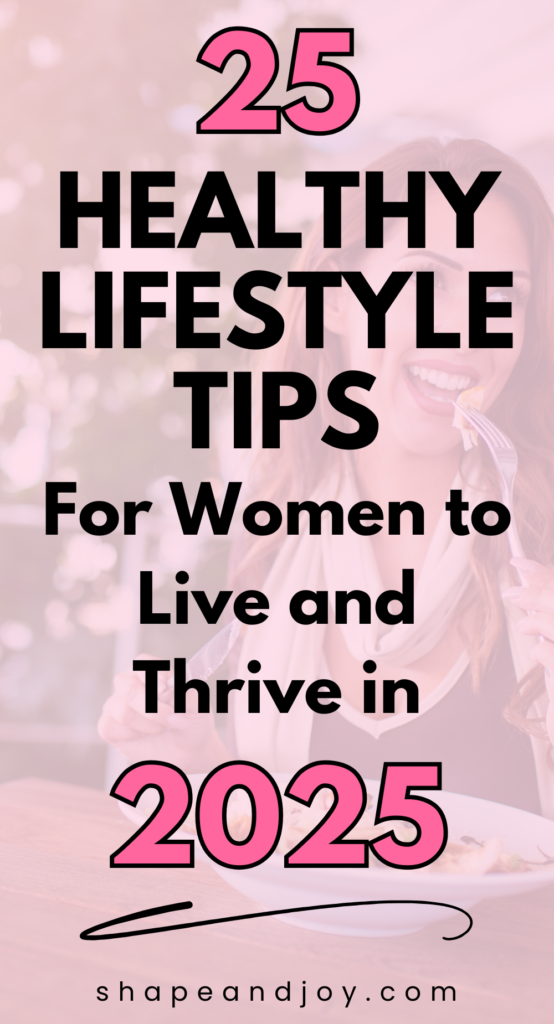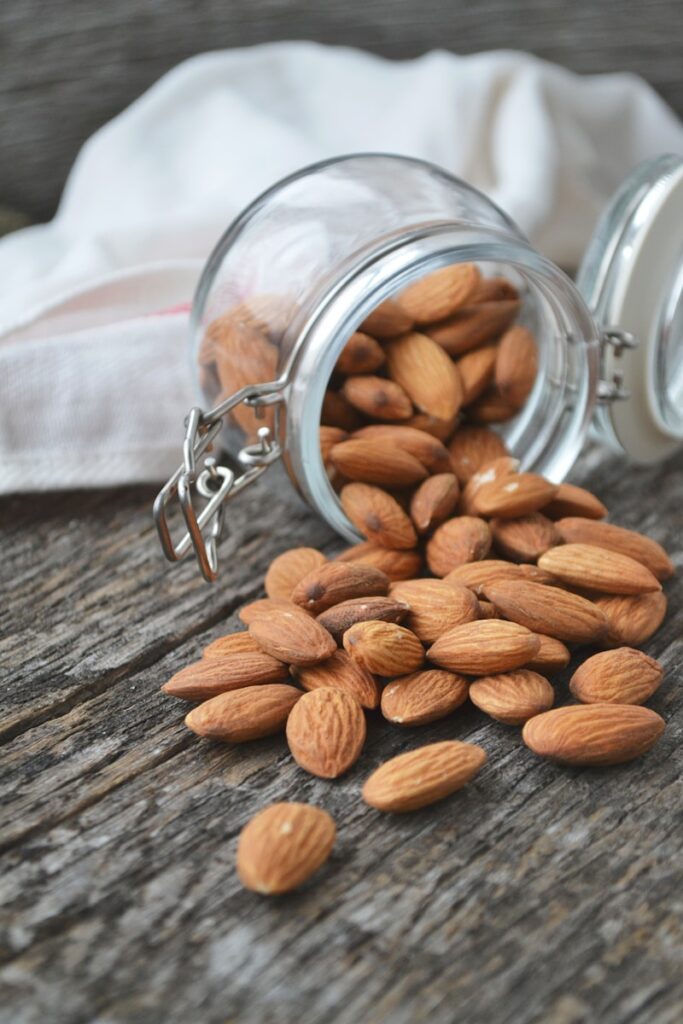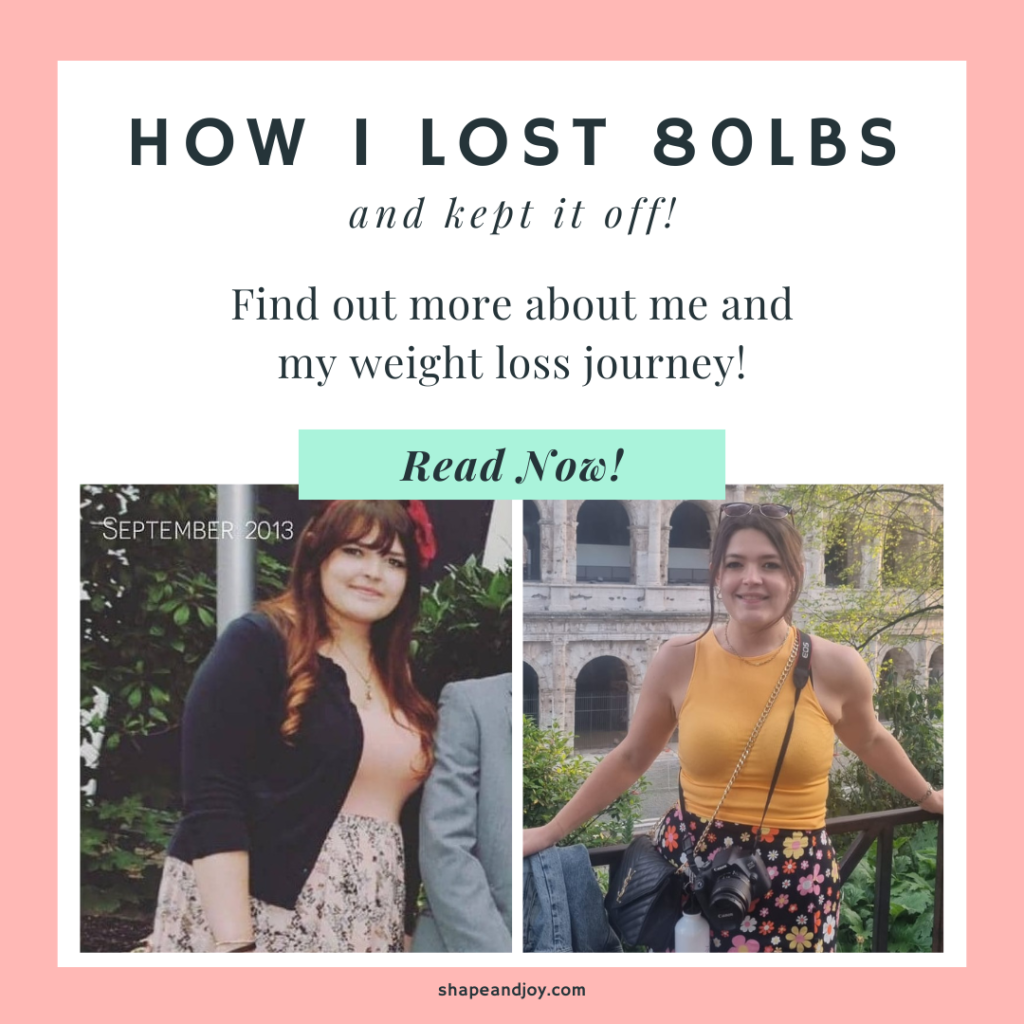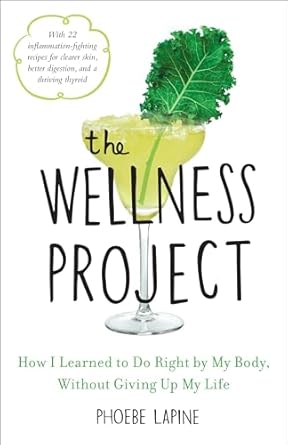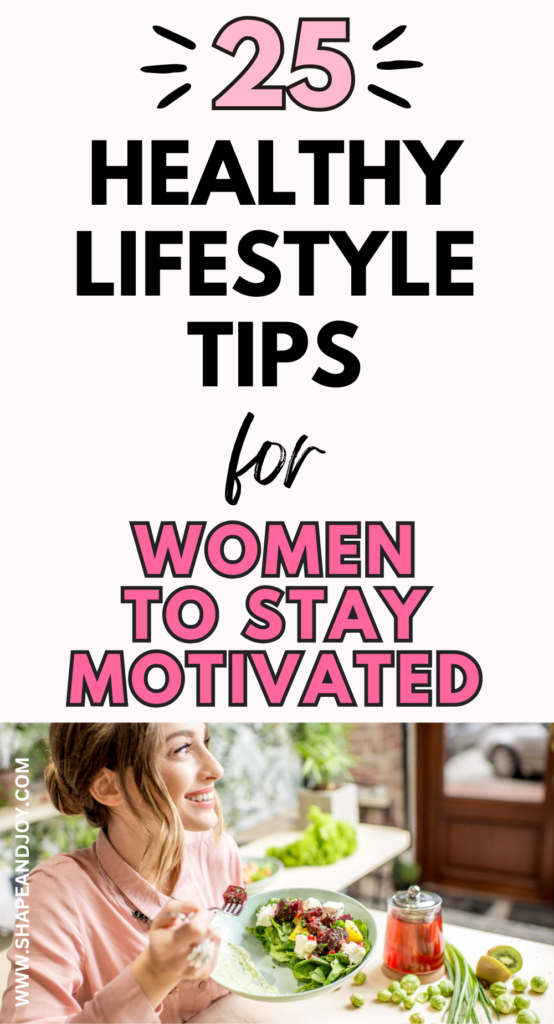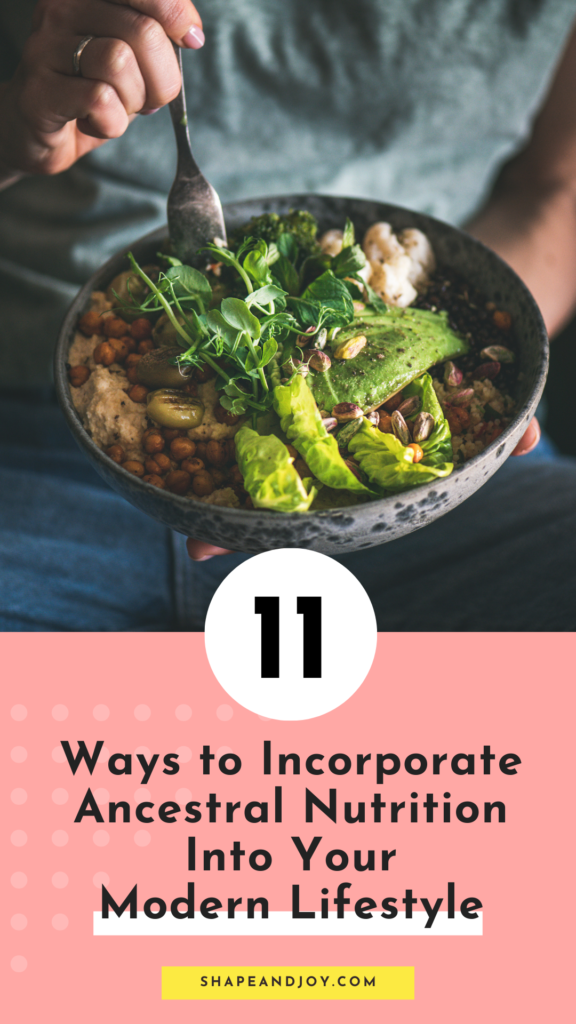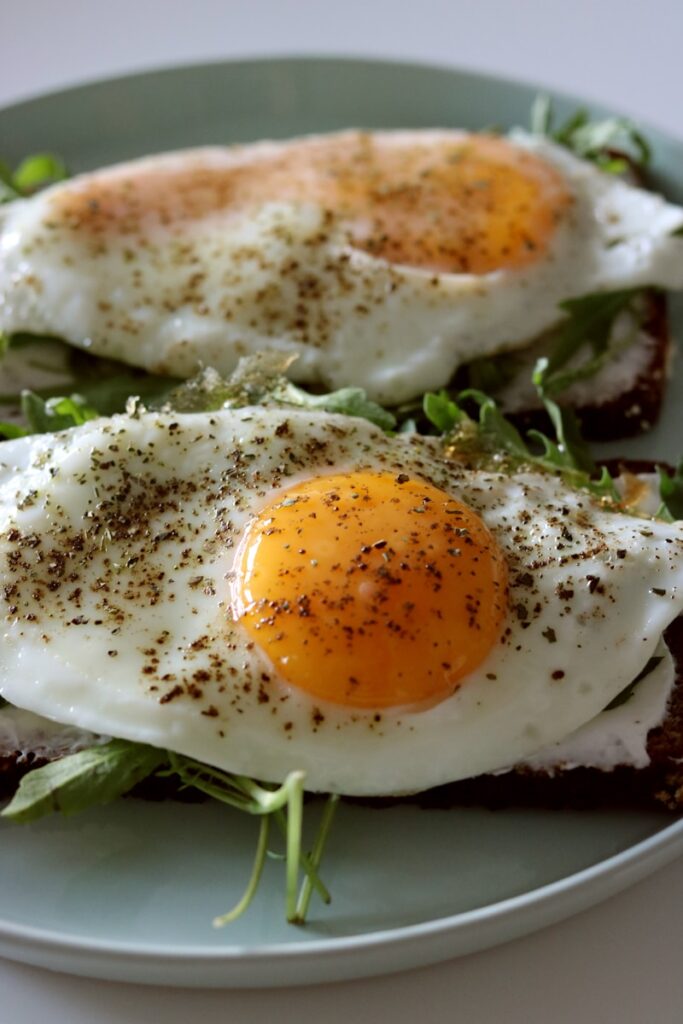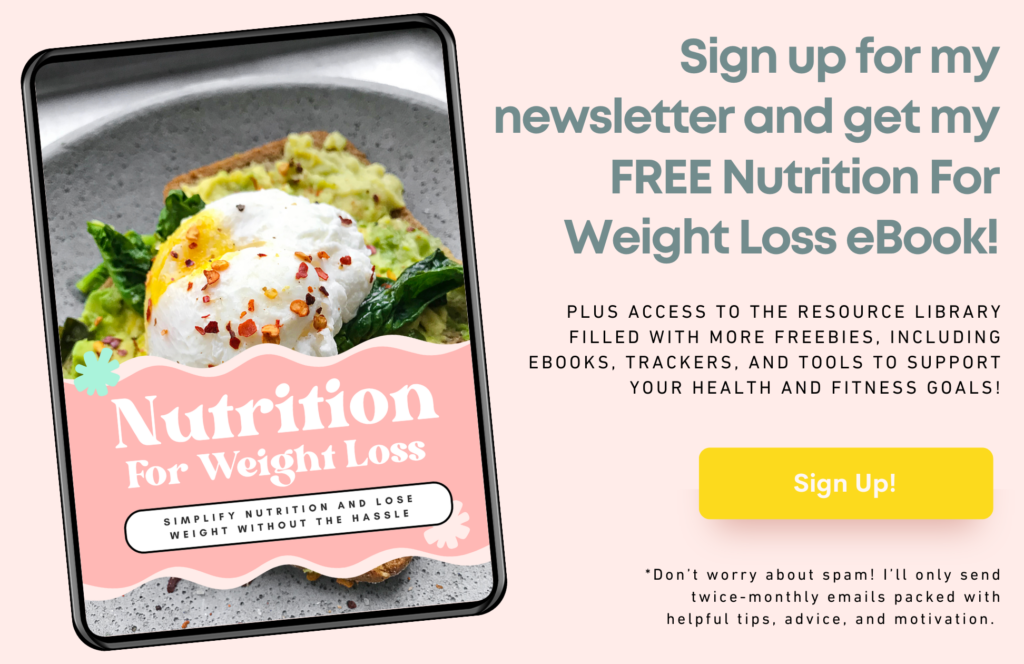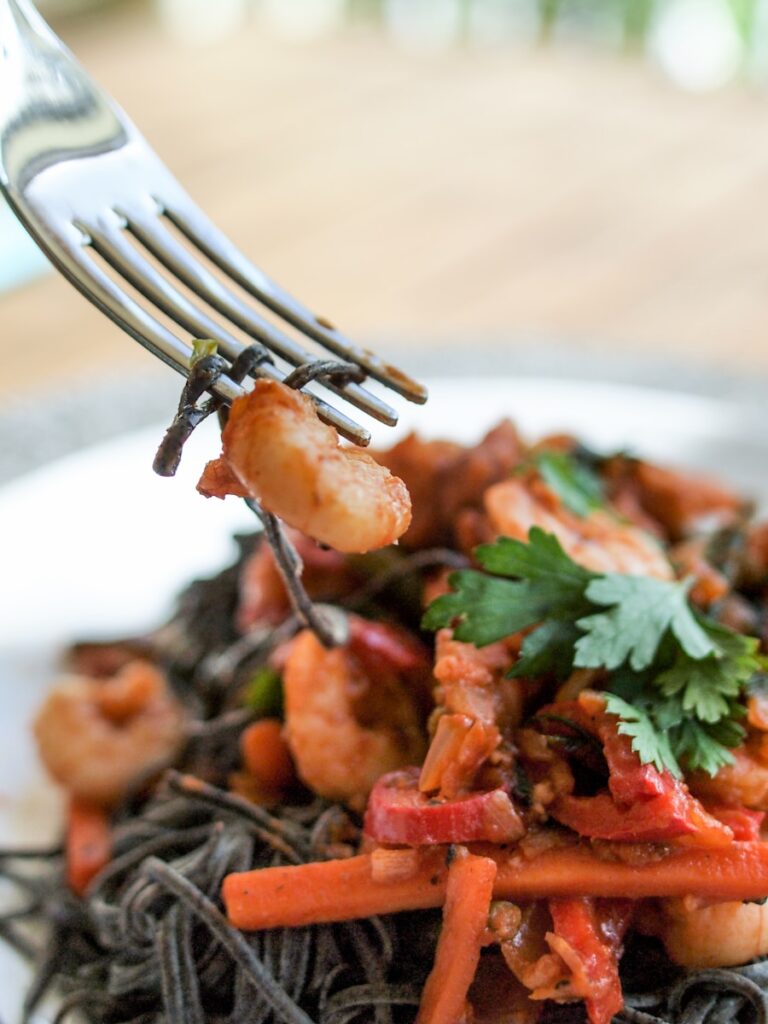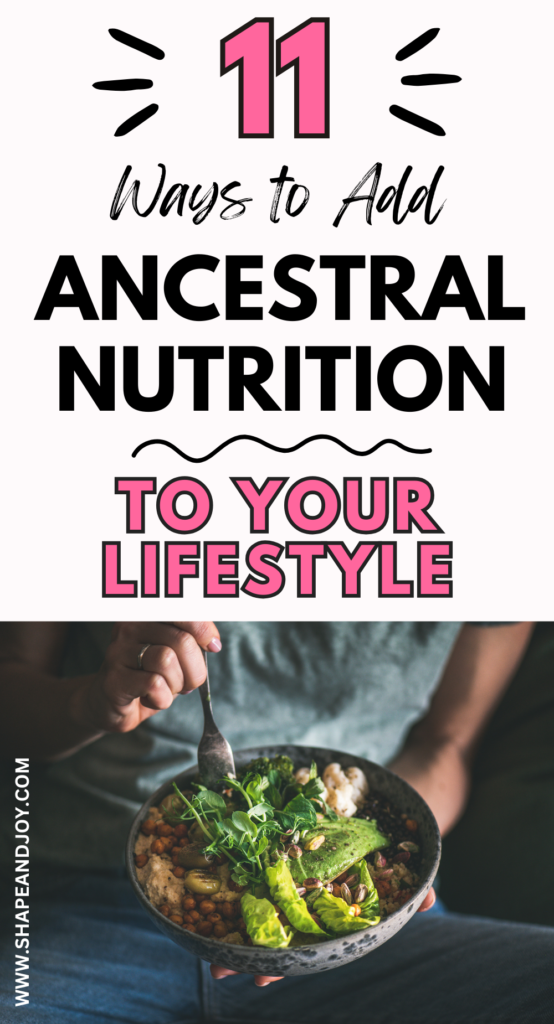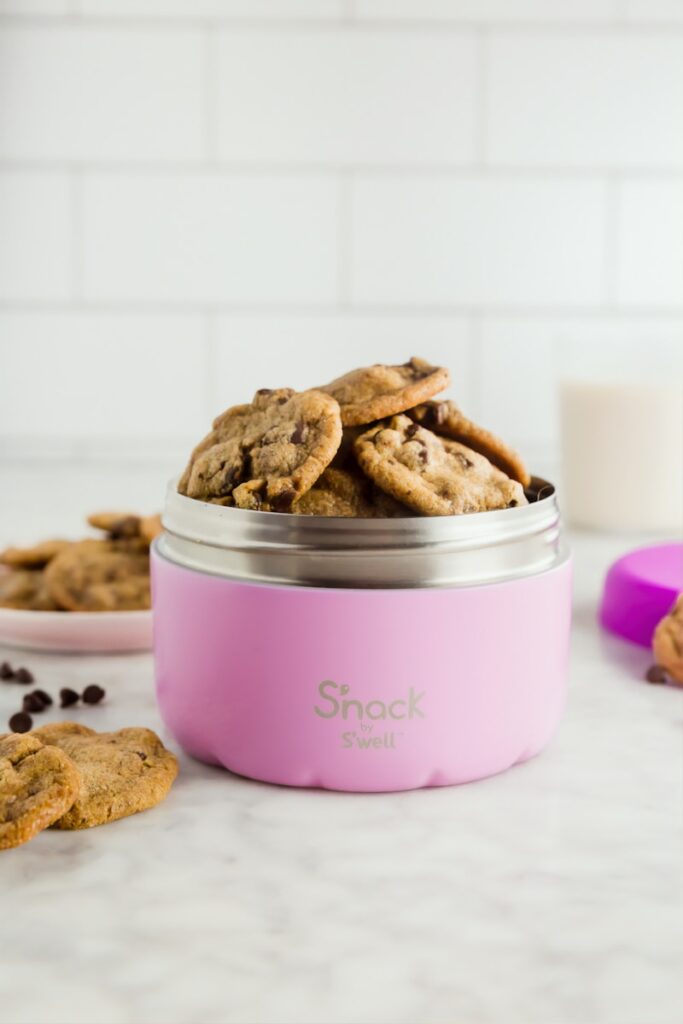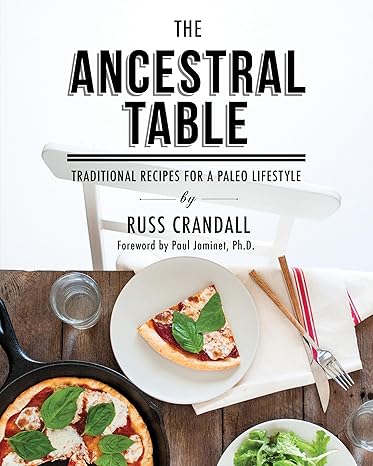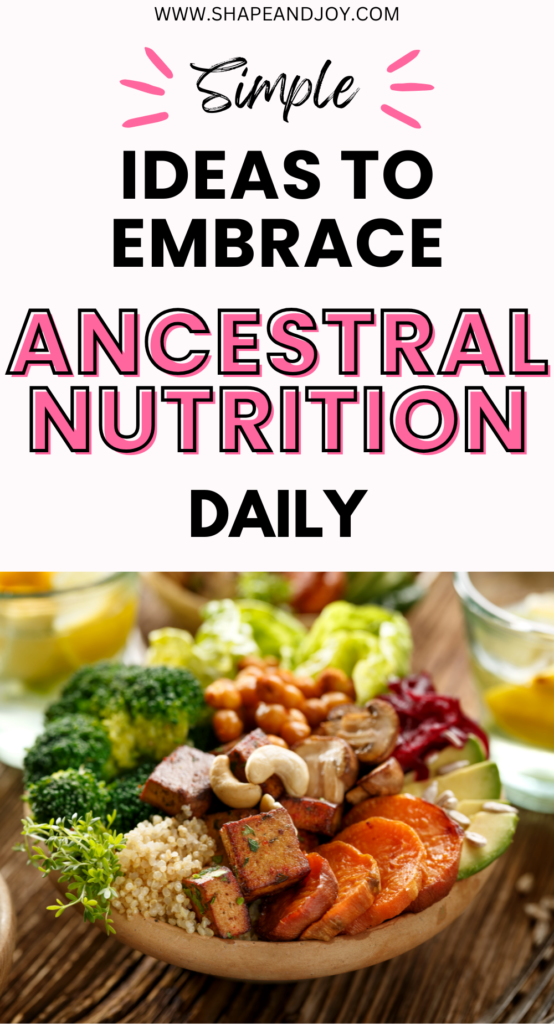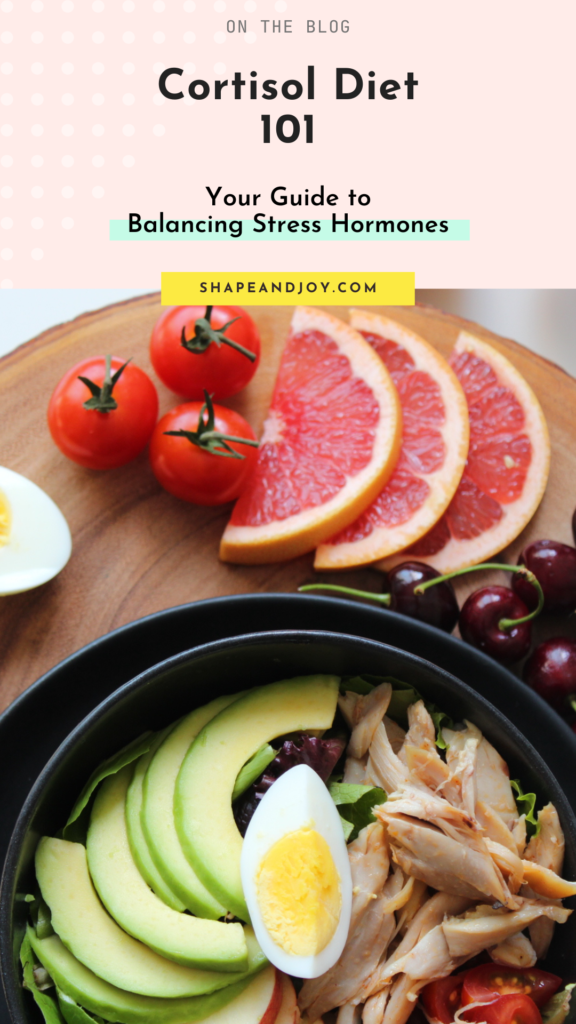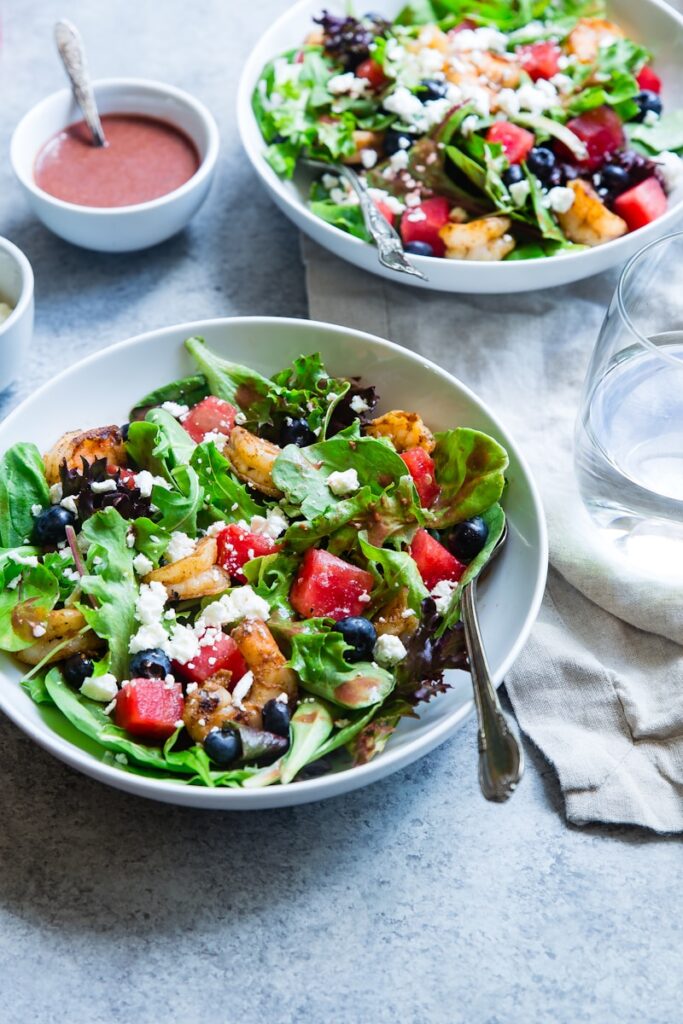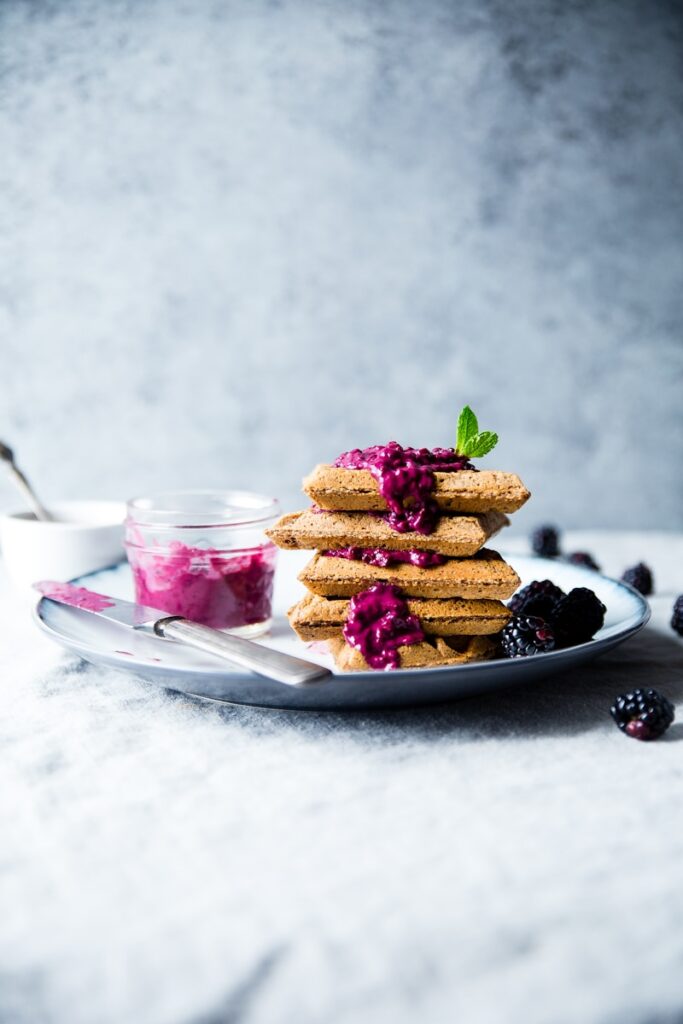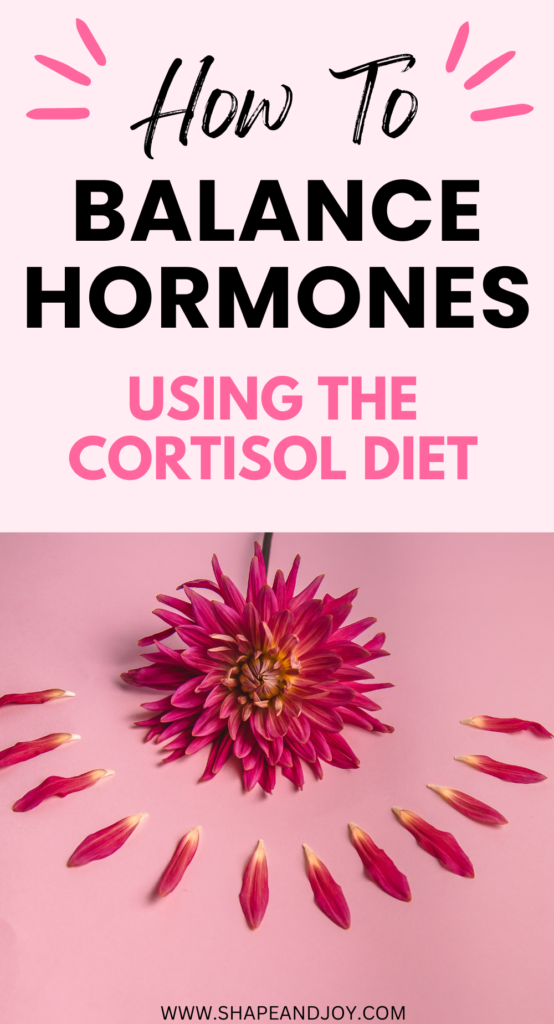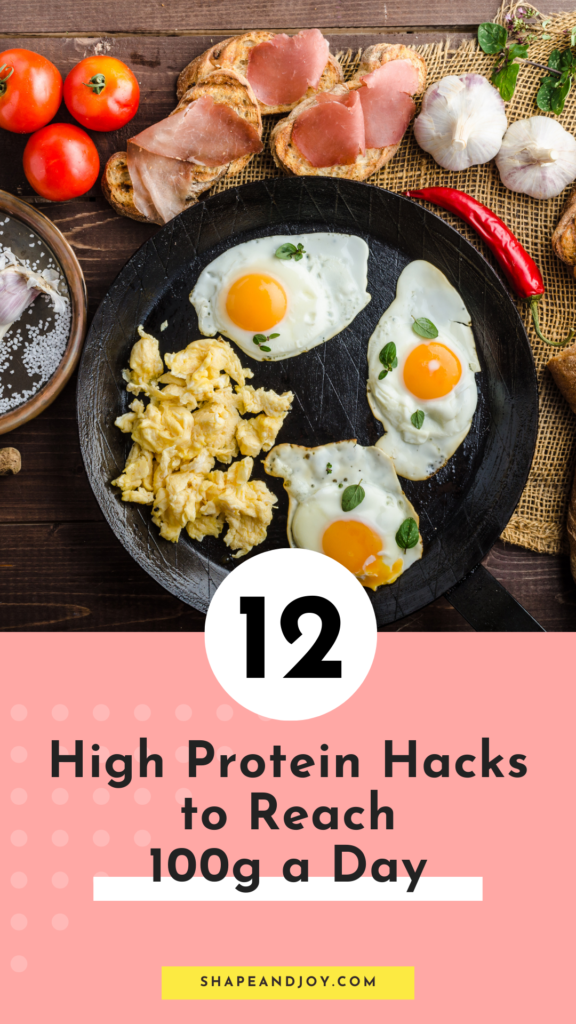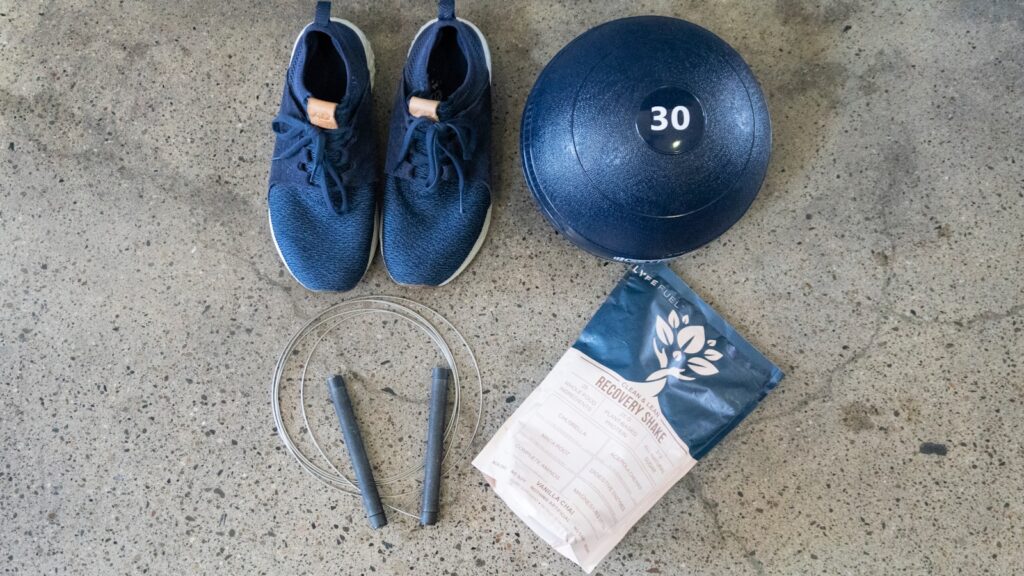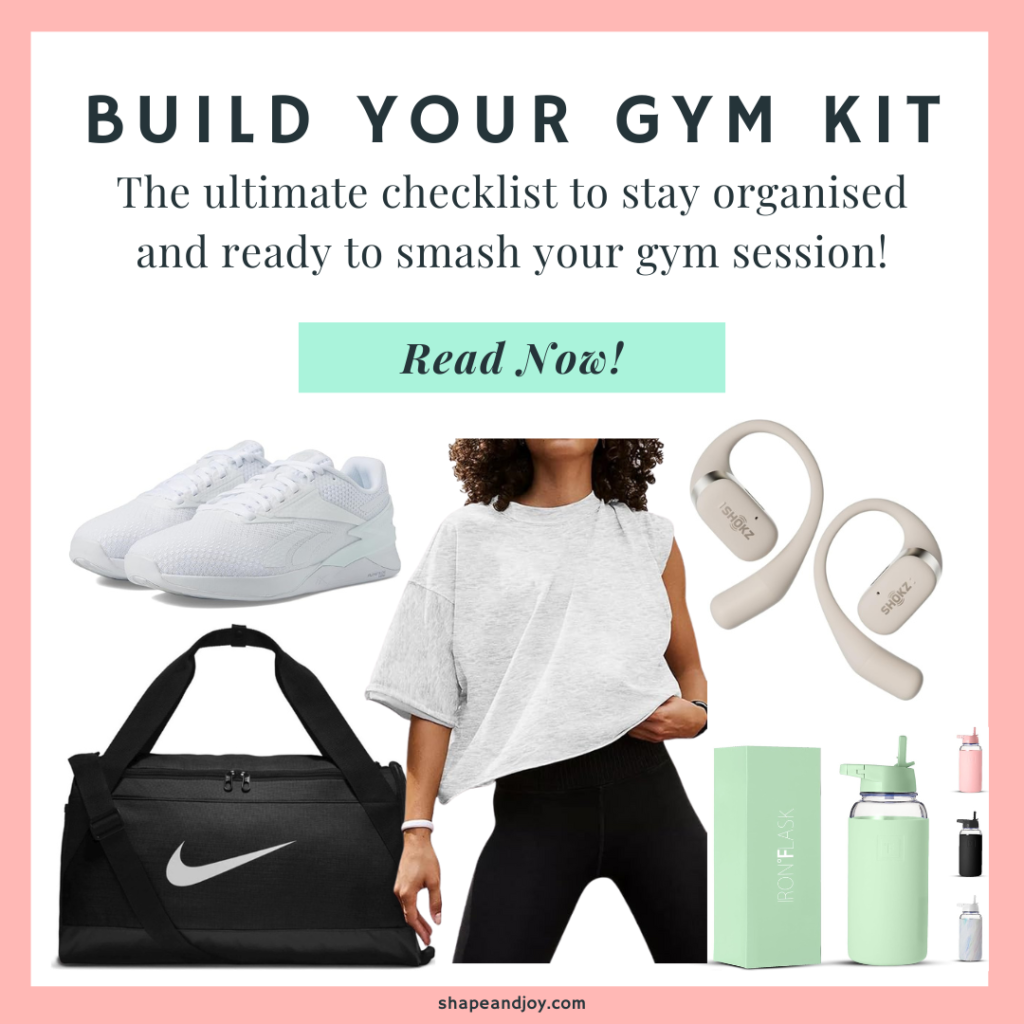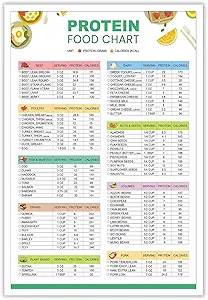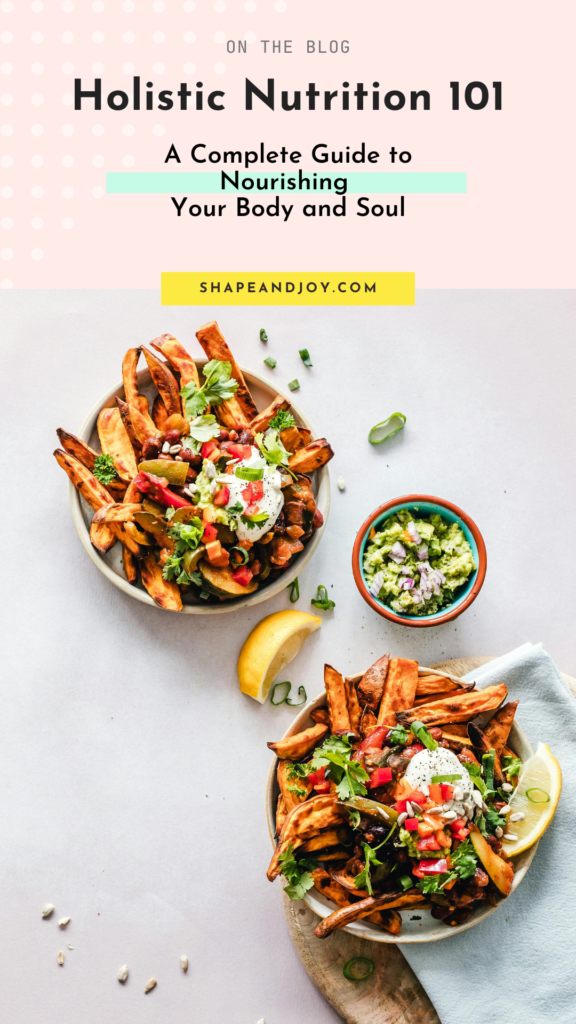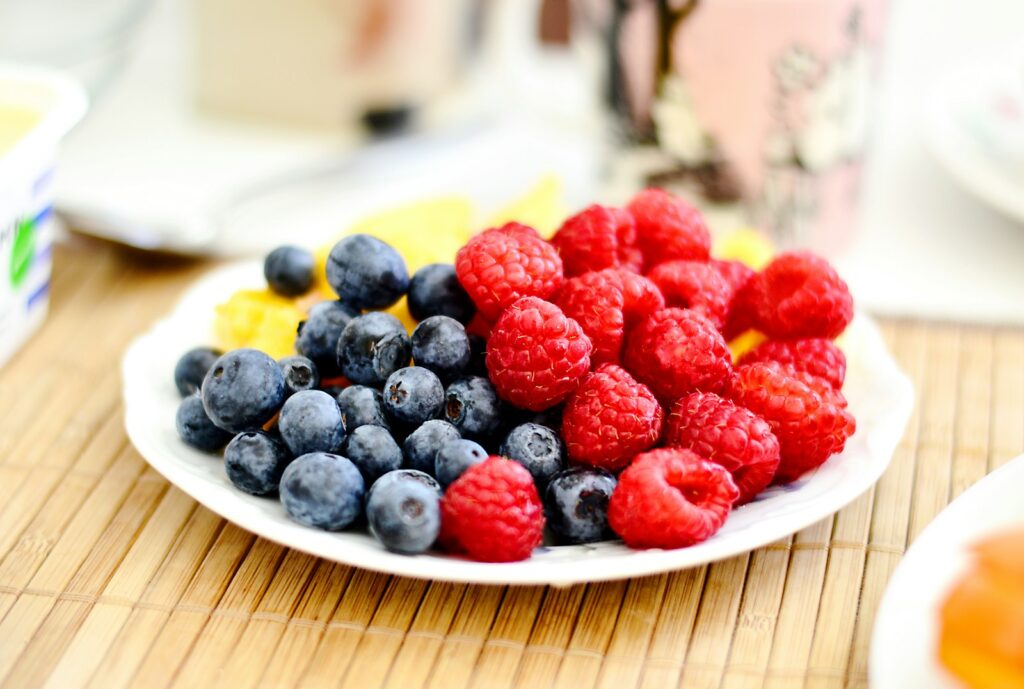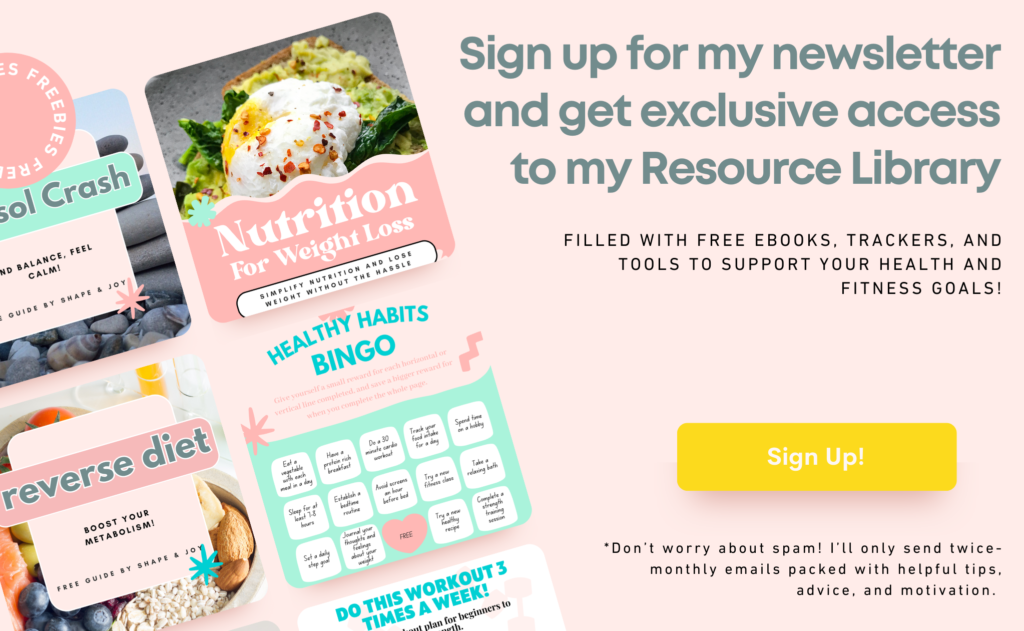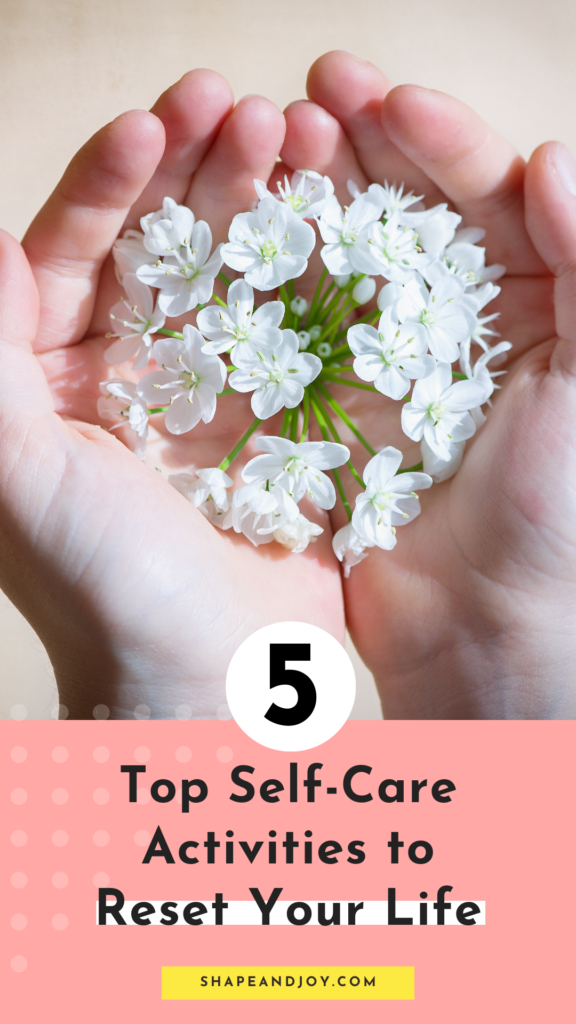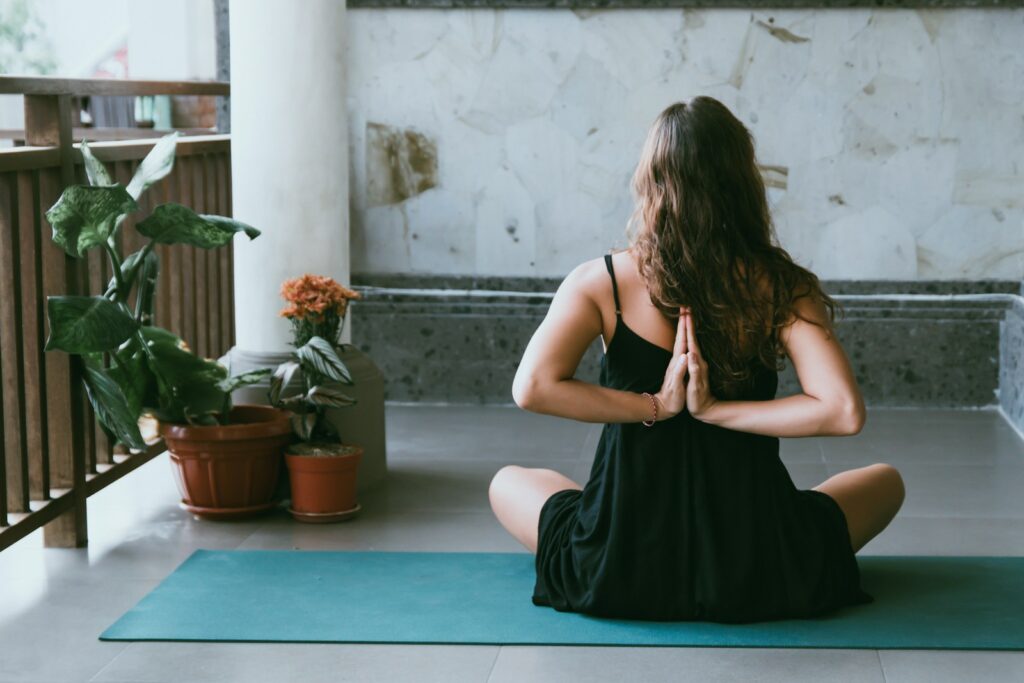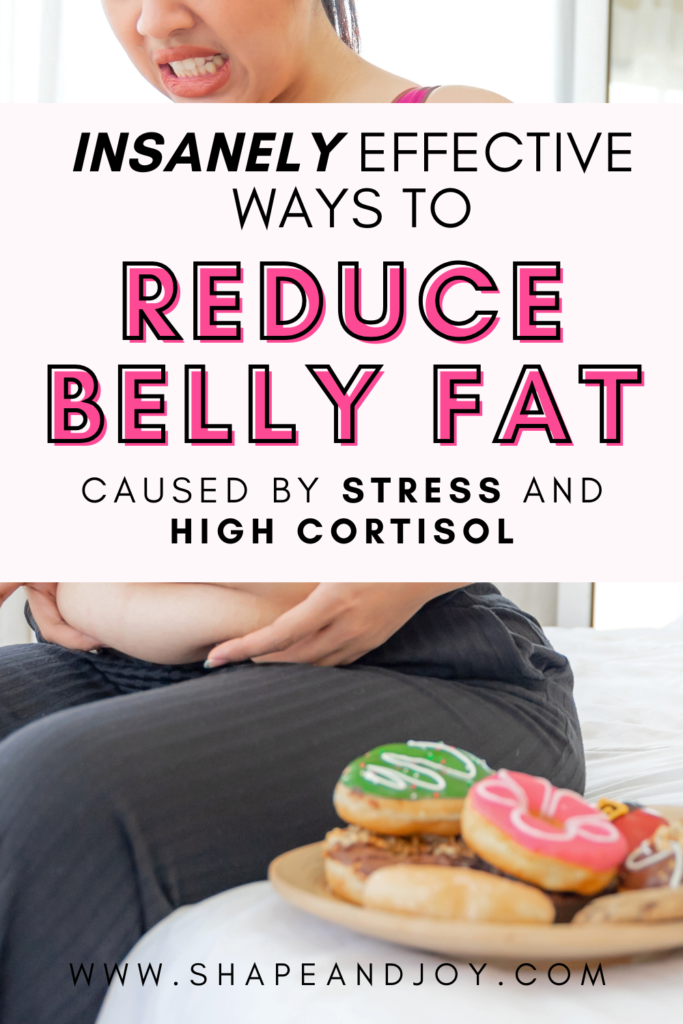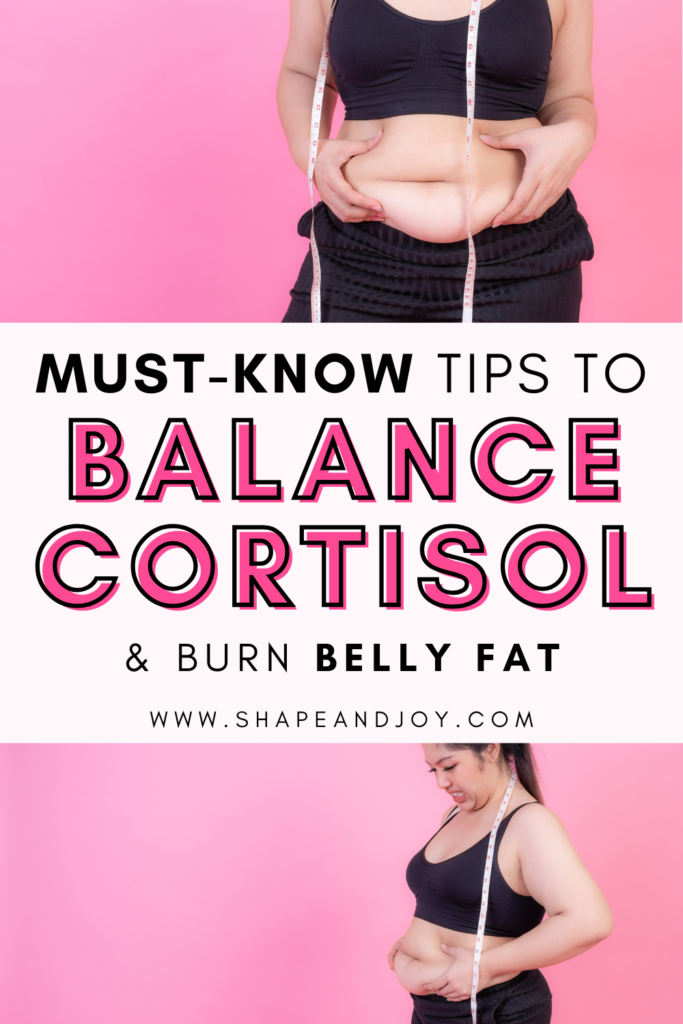Ultimate Cortisol Regulation Routine: Morning & Night Habits to Lower Stress

If you’re waking up groggy, feeling wired-yet-tired, and running on caffeine and cortisol like some kind of frazzled goblin, we need to sort. it. out. Your stress hormones are doing the cha-cha when they should be chilling. And guess what? Your Cortisol Regulation Routine is the key to fixing cortisol levels and getting you back to feeling like a functioning human.
You don’t have to suffer through stress like it’s a life sentence.
You can actually lower cortisol levels naturally and take charge of your health without giving up coffee, fun, or carbs.
So, in this post, I’ll cover:
- How your morning routine can keep cortisol from kicking off like a MAFS Australia meltdown
- Night-time habits that tell your stress hormones to take a seat
- Ways to lower cortisol naturally with small, realistic tweaks to your diet, supplements, and lifestyle
Sound good? Let’s dive in.
Morning Cortisol Regulation Routine: Start the Day Without a Stress Tsunami
1. Ditch the ‘Phone Scroll of Doom’
If the first thing you do is grab your phone and deep dive into emails, news, or Becky’s latest drama on Instagram, congratulations, you just spiked your cortisol before you’ve even had a sip of water.
Your stress hormones love an information overload—so let’s not give them the satisfaction.
What to do instead?
- Drink a cortisol-friendly morning cocktail (aka water with lemon and a pinch of sea salt) to rehydrate and balance cortisol levels naturally.
- Expose yourself to actual daylight (not just your screen). Morning sunlight helps fix cortisol levels and improves vitamin D absorption.
- Do something calm for five minutes—deep breathing, journaling, or stretching all help reduce high cortisol levels before the day kicks off.
2. Eat a Cortisol-Balancing Breakfast
Skipping breakfast? Your cortisol is laughing at you.
When you don’t eat in the morning, your body stays in stress mode, keeping cortisol high and blood sugar all over the place.
Best breakfast foods to lower cortisol naturally:
- High-protein meals: Eggs, Greek yogurt, cottage cheese
- Healthy fats: Avocado, nuts, chia seeds
- Slow-digesting carbs: Oats, whole grain toast, berries
- Smoothies packed with cortisol-lowering vitamins (try one with banana, nut butter, protein powder, and a dash of cinnamon)
Plan ahead: If mornings are a rush, batch-make overnight oats for a few days at a time.

3. Use Caffeine Strategically
Listen, I’m not here to take away your coffee. I’m not a monster. I’m a fellow caffeine addict.
But if you’re gulping down caffeine first thing on an empty stomach, you’re smacking your cortisol in the face and telling it to go wild.
Try this instead:
- Eat first, coffee second. A small meal or cortisol-friendly smoothie before caffeine helps keep blood sugar steady.
- Delay caffeine for at least 60-90 minutes after waking. This lets your body naturally regulate cortisol levels before you hit it with stimulants.
- Swap coffee overload for herbal teas or other cortisol-lowering drinks like chamomile or ashwagandha tea in the afternoon.
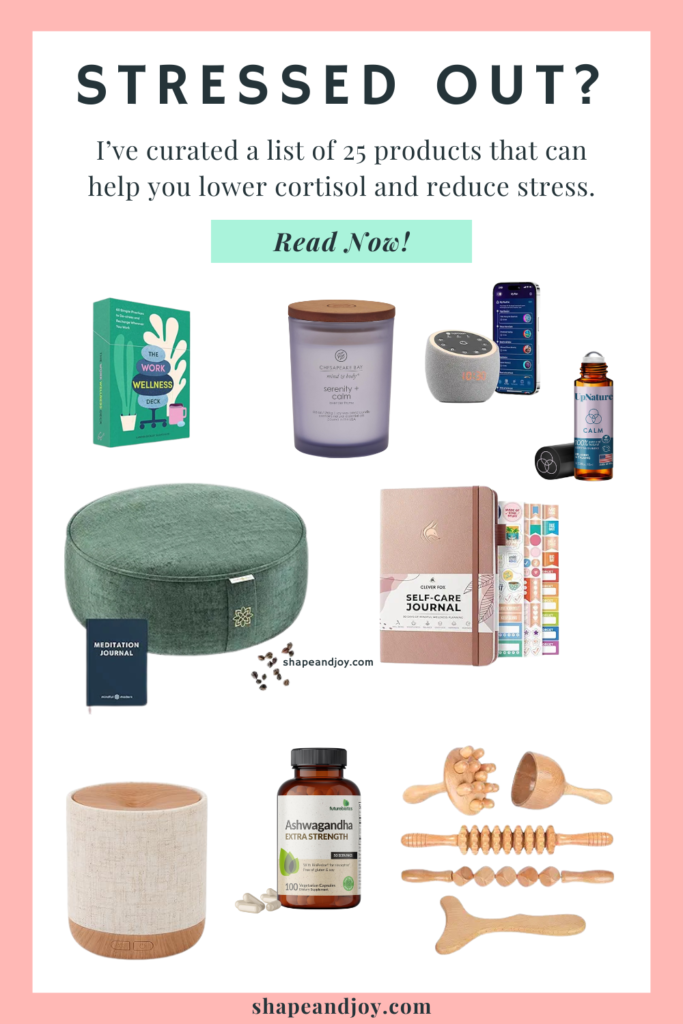
4. Move Your Body (But Don’t Overdo It, Champ)
Exercise is fantastic for lowering stress, but go too hard first thing, and you’ll actually increase cortisol instead of lowering it.
Best workouts to balance cortisol:
- Morning walks in natural light (a game-changer for stress and energy)
- Strength training workouts that don’t push you to burnout
- Yoga, Pilates, or breathwork-based exercises to lower cortisol naturally
- Avoid high-intensity cardio first thing in the morning—it can spike cortisol levels further
📌 Pin this for later! ⬇
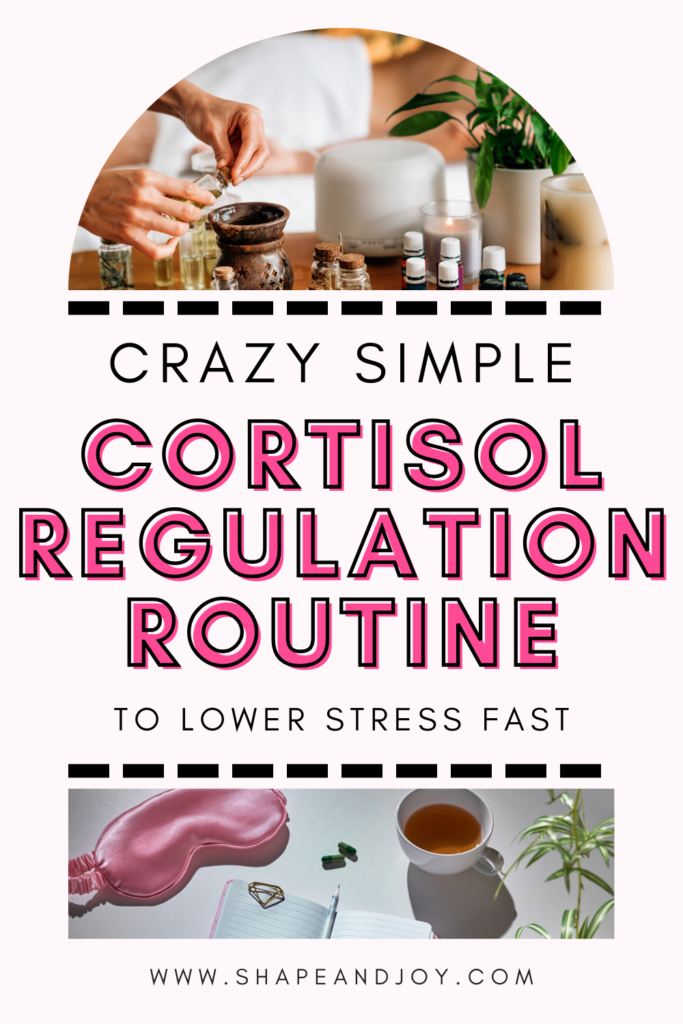
Night Cortisol Regulation Routine: Get Your Cortisol to Calm the Hell Down
1. Dim the Lights and Power Down
Your brain is terrible at knowing when to switch off, so if you’re sitting under bright lights at 10 PM, your body still thinks it’s party time.
Artificial light suppresses melatonin and keeps cortisol levels high when they should be dropping.
Try this:
- Dim the lights an hour before bed—candles, fairy lights, whatever makes it cosy.
- Avoid screens at least 30-60 minutes before bed or use blue light-blocking glasses.
- Try essential oils like lavender or sandalwood to relax your nervous system before sleep.
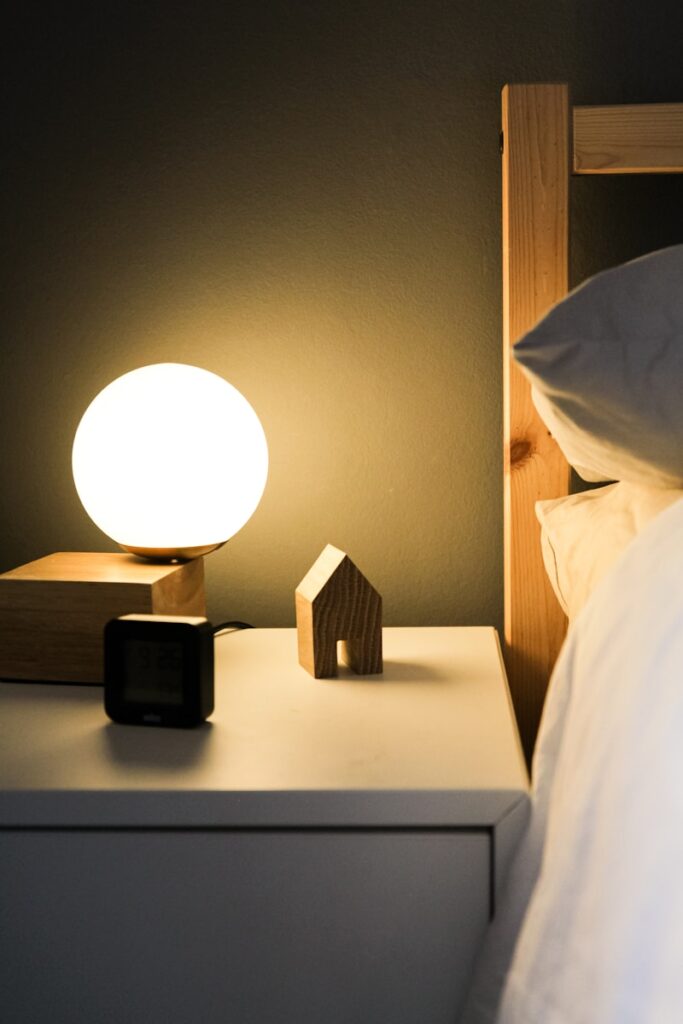
2. Eat a Cortisol-Lowering Snack
If you’re waking up at 3 AM wide-eyed like an owl, low blood sugar might be triggering a cortisol spike. A small, balanced snack before bed can help.
Best bedtime foods to reduce cortisol naturally:
- Banana with almond butter (magnesium + tryptophan = sleepy bliss)
- Warm milk with a dash of honey (classic for a reason)
- Whole grain toast with a sprinkle of cinnamon
Bananas are packed with tryptophan, which helps your body produce melatonin for better sleep (study here). Almonds, on the other hand, are rich in magnesium, which relaxes your muscles and calms the nervous system—proven to improve sleep quality (study here).

3. Magnesium: The MVP of Relaxation
If you’re tossing, turning, and mentally solving all of life’s problems at 2 AM, you need magnesium.
It’s a cortisol-lowering superhero that relaxes muscles, calms the nervous system, and helps you stay asleep.
Best magnesium supplements for cortisol balance:
- Magnesium glycinate (for relaxation & sleep)
- Epsom salt baths (absorbs through the skin & chills you out)
- Dark leafy greens (or stick with the almond butter!)

4. Relax with a Night-time Drink
A warm cortisol-lowering drink before bed can signal your body that it’s time to chill.
Best drinks for lowering cortisol levels naturally:
- Golden milk (turmeric, ginger, coconut milk, honey)
- Herbal teas (chamomile, valerian root, ashwagandha tea)
- Warm almond milk with a dash of cinnamon
5. Wind Down with a Relaxation Plan
Your body doesn’t just magically switch off—you need to help it along. Stress management is key for how to improve your health long term.
Try this before bed:
- Gentle stretching or breathing exercises (helps relax your muscles and mind)
- Journaling to brain-dump stress and free up headspace
- Essential oils like lavender on your pillow for an instant calming effect
How to Reduce High Cortisol Levels for Good!
If stress has been running the show—messing with your energy, cravings, and waistline—it’s time to take back control. This series is all about lowering cortisol naturally, stopping stress-driven weight gain, and helping you feel like yourself again.
Explore the full series:
- Cortisol Diet 101: The Best Foods to Reduce Stress Hormones – The ultimate guide to eating for lower cortisol and better health.
- Signs of High Cortisol in Women: Symptoms, Causes & How to Fix It – Spot the warning signs and learn how to restore balance.
- 25 Amazon Products to Lower Cortisol & Reduce Stress Naturally – Easy lifestyle upgrades to help keep stress hormones in check.
- Cortisol Regulation Routine: Morning & Night Habits to Lower Stress (You’re here!) – Daily habits to naturally reduce high cortisol levels.
- The Best Supplements to Lower Cortisol & Restore Balance – Science-backed vitamins and herbs to help fix cortisol levels.
- Cortisol & Emotional Eating: How to Stop Stress Cravings & Prevent Weight Gain – Focuses on how cortisol affects appetite and cravings, making it harder to stop snacking and leading to weight gain. Learn how to manage stress eating and regain control of your hunger.
- Get Rid of Stress Belly: Science-Backed Ways to Reduce Cortisol & Burn Belly Fat – Explores why cortisol leads to belly fat storage, even if you’re eating well. Learn how to target stress belly with cortisol-balancing foods, exercise, and lifestyle shifts.
Final Thoughts: Get That Cortisol Under Control, Babe
If your stress hormones are constantly throwing tantrums, it’s time to take charge.
Your cortisol regulation routine doesn’t need to be fancy—just small, consistent habits to fix cortisol levels and balance your stress hormones naturally.
- Mornings? Hydration, breakfast, movement, food before coffee.
- Nights? Dim the lights, eat a sleepy snack, take your magnesium, use essential oils, and wind down properly.
Start with one habit this week and notice how your stress levels start to shift.
